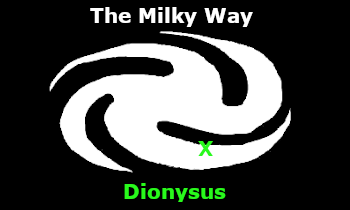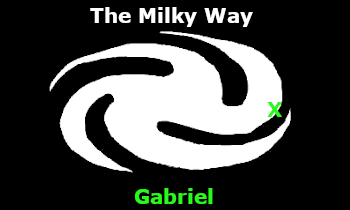Description
Fitzgerald's World is a very Earth-like planet, orbiting a G-class Star.
The biosphere of Fitzgerald’s World is one that sustains complex plant and animal life, but lacks intelligent species. This lack of a native intelligence may stem from the fact that Fitzgerald’s World doesn’t have any land-based predators larger than an insect. Not having predators means that the populations of land-based herbivores regularly explode, and then collapse, as they eat all the vegetation in one area, and then quickly die off due to starvation. The herbivores also lack a lot of the specific adaptations that are typically used to escape or fend off predators. They tend to be large and slow-moving. Many are brightly colored, in order to attract mates. Since there are no notable predators, adjacent ecological niches tend to be hyper-developed. Scavengers are common and highly aggressive, and there are a wide variety of deadly pathogens as well. Fortunately, most of the pathogens don’t generally infect non-native species very easily. One exception to this is Fitzgerald’s Lung Rot, a debilitating, and occasionally deadly infection.
Notable Life-forms
A notable herbivorous species is the Fitzgerald’s Landstrider, a towering creature that stands as tall as a ten-story building, and eats trees whole when fully grown. The backs of these creatures are occasionally fitted with enormous howdahs by visiting intelligent life-forms, and used as living transportation for entire tour groups.
The Juffalope is a grazing animal noted for its unusual coloration, and small head. During Era-2, it was raised for its hide and meat.
The Spud Bug is a native species, of a type most similar to terrestrial insects. It is approximately the size, shape and color of a large potato, hence the name. The Spud Bug is a scavenger that lives off the bodily waste, and remains of the larger herbivores. Spud bugs have two large, yet vestigial black wings on their backs, and breathe through a series of visible openings in their sides. The most disconcerting aspect of these bugs is their instinct to follow any large, moving thing, including humans. The bugs are harmless scavengers, but they often sneak up on people, who tend to react violently. Unfortunately, these bugs have stowed away on various ships and are seen as a nuisance throughout much of the galaxy. They are sometimes taken as pets by Cielioids (who have a biologically-driven affection for insects), and by teenage boys (who like to gross people out).
Economy
The main industries of Fitzgerald’s world (after colonization by the Planetary League during Era-1) are agriculture and ecotourism. Ranchers, especially, thrive here because of the lack of predators, and several of the local species have been domesticated.
During the Great Reckoning, Fitzgerald's World was conquered by the Holy Empire of Man.
During the War of Galactic Unification, Fitzgerald's World joined the Galactic Republic by popular vote.











